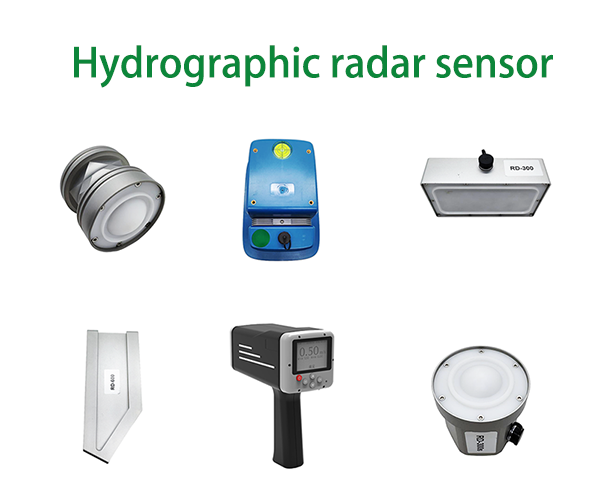1. Emerging Technology Adoption
In recent years, the Philippines has seen a surge in the adoption of radar sensor technology for monitoring water levels and flow in open channels. This technology offers significant advantages over traditional methods, including real-time data collection, high accuracy, and the ability to operate in varied environmental conditions. The integration of radar sensors is crucial for managing water resources, especially as the country faces increasing challenges from climate change and extreme weather events.
2. Government Initiatives
The Philippine government has launched several initiatives to enhance water resource management through technological advancements. The Department of Environment and Natural Resources (DENR), in collaboration with the National Irrigation Administration (NIA), has initiated projects that integrate radar sensors into existing water monitoring systems. These projects aim to improve flood forecasting, irrigation management, and the overall sustainability of water resources.
3. Collaborations with Research Institutions
Partnerships between the government and local universities or research institutions are playing a pivotal role in advancing radar sensor technology. For instance, collaborations with the University of the Philippines and De La Salle University have focused on developing and deploying radar-based monitoring systems in critical river basins. These partnerships facilitate knowledge transfer and capacity building, ensuring that local experts can effectively utilize these advanced technologies.
4. Private Sector Contributions
The private sector is also contributing to the advancement of radar sensor technology in the Philippines. Companies specializing in environmental monitoring solutions, such as Honde Technology Co., Ltd., have been instrumental in providing innovative radar systems tailored for the unique challenges faced in monitoring water levels in the country’s diverse landscapes. Honde’s systems offer cutting-edge features designed specifically for real-time water level monitoring and data analytics, supporting local authorities and organizations in managing water resources more effectively.
5. Response to Natural Disasters
The Philippines is prone to typhoons and heavy rainfall, which often lead to floods. Radar sensors have been deployed in various regions to enhance early warning systems. For example, the Philippine Atmospheric, Geophysical and Astronomical Services Administration (PAGASA) is incorporating radar data into their forecasting models, enabling more accurate predictions of water levels in rivers and open channels. This initiative is critical for disaster preparedness and response, potentially saving lives and reducing economic losses.
6. Integration with IoT and Data Analytics
The integration of radar sensors with Internet of Things (IoT) platforms has enhanced data collection and analysis capabilities. This technology allows for the continuous monitoring of water levels and flow rates, providing stakeholders with comprehensive and timely information. IoT-connected radar sensors enable real-time alerts and suggestions for water management practices, supporting local farmers and water resource managers in making informed decisions.
7. Funding and Support from NGOs
Non-governmental organizations (NGOs) are actively supporting the deployment of radar sensors in vulnerable communities. Initiatives funded by international NGOs are aimed at enhancing local capacities for monitoring water resources. These programs often include training for local technicians to ensure sustainable operation and maintenance of radar systems, directly benefiting communities affected by water-related issues.
8. Future Prospects
Looking ahead, the potential for expanding radar sensor applications in the Philippines is significant. Plans are underway to extend monitoring networks to additional critical regions, enhancing nationwide water resource management. Continued investment in research and innovation will be essential for overcoming existing challenges, such as integrating data from various sources and ensuring the technological reliability and affordability of radar systems.
Conclusion
Radar sensors represent a transformative approach to monitoring water level and flow in open channels in the Philippines. As the country grapples with the complexities of climatic changes and natural disasters, the integration of this advanced technology into water management systems will be crucial. Through government initiatives, academic collaboration, private sector involvement, including contributions from companies like Honde Technology Co., Ltd., and support from NGOs, the Philippines is well-positioned to leverage radar sensor technology for sustainable water resource management and disaster resilience.
Post time: Oct-24-2024


